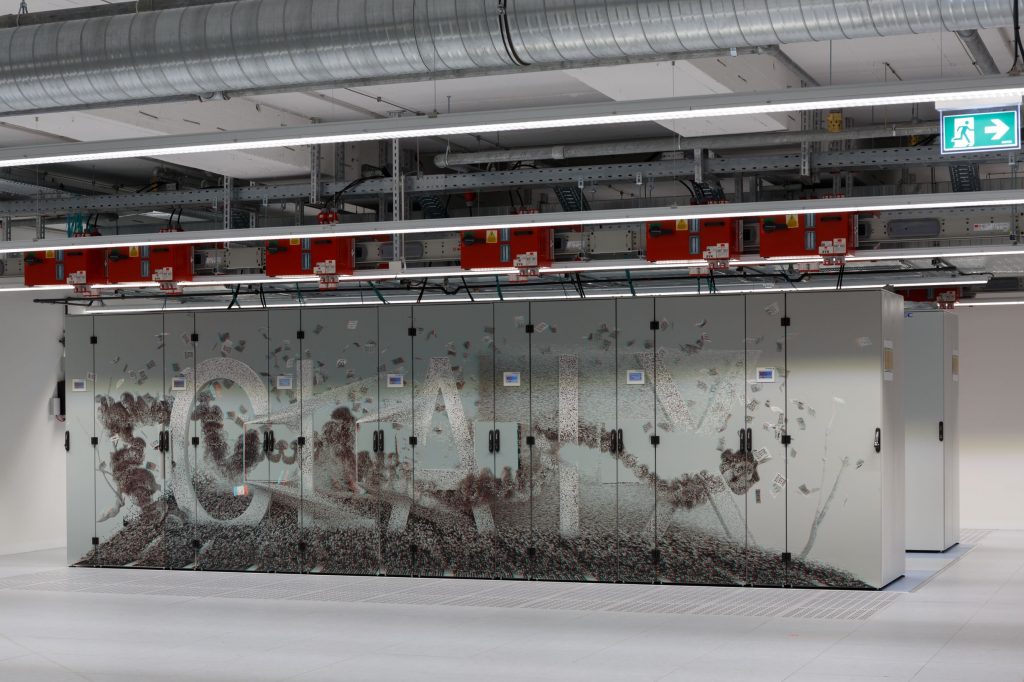
High-performance computing at the RWTH Aachen University. This is what our cluster looks like.
Source: Alexander Müller
For some people, High Performing Computer (HPC) is an unknown topic with many question marks. If the necessary basic knowledge is not available, this can quickly become overtaxing. To counteract this, we have summarized in today’s blog post how this actually works with high performance computing and the connection to the cluster.
The first step – Create an HPC account
To be able to connect, you first of all need a HPC account (“Hochleistungsrechnen RWTH”). Members of the RWTH can easily create one themselves using the Selfservice. As soon as your account is clicked and the password is set, the connection can be established.
How do I connect to the cluster?
There are two ways to connect to the cluster: the terminal-based connection and the graphical connection. For both variants you should be in the RWTH network. From outside you can access the RWTH network via the VPN, regardless of your physical location.
For the terminal-based connection we use the SSH protocol (Secure Shell). In such a shell connection, the program that provides “the black screen” receives commands and then outputs results.
The graphical connection, on the other hand, makes it possible to work on the cluster through a window – just as if you were sitting in front of the computer. This is done using the FastX software.
This connection also uses the SSH protocol, but is resistant to network interference and efficiently compresses the graphical portion of the transmission. Therefore, it is especially advisable for weak lines.
Further information and instructions for the first steps under Linux as well as much more about the use of HPC can be found in the HPC Wiki and much more – specific to the use of the RWTH HPC cluster in the documentation on IT Center Help.
Responsible for the content of this article are Stéphanie Bauens and Paul Kapinos.




